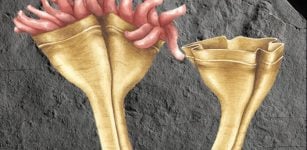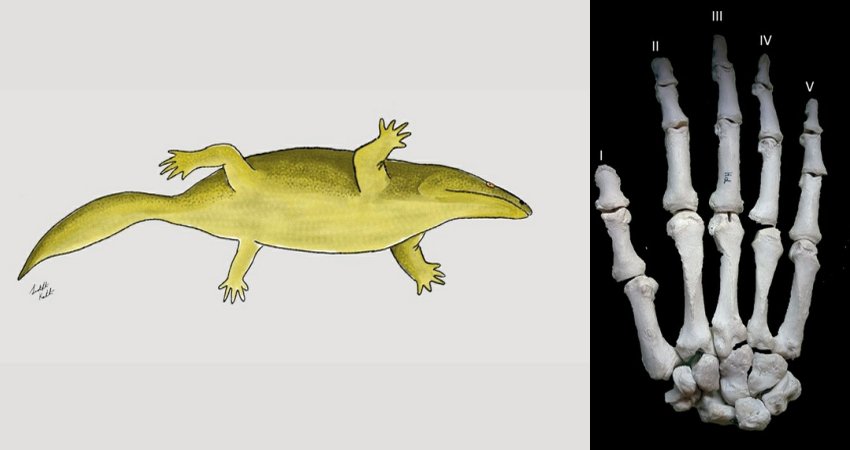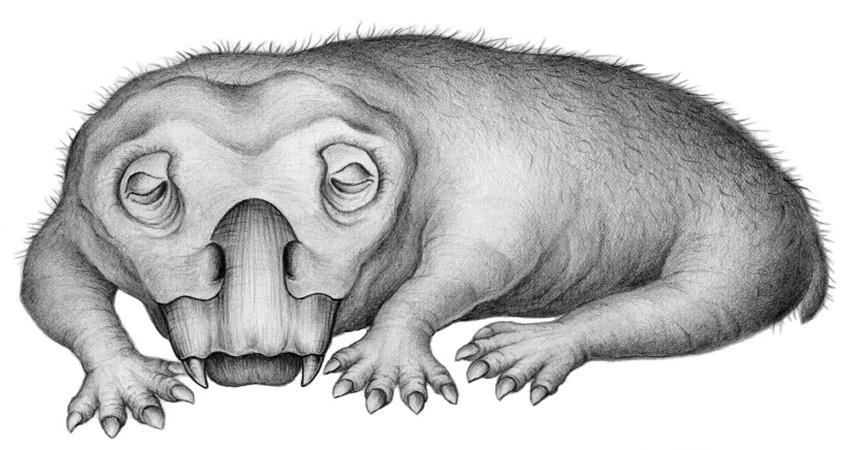Amazing Gigantic 24-Tonne Dinosaur Stood And Walked On Its Tiptoes
Eddie Gonzales Jr. – MessageToEagle.com – A 24-tonne dinosaur may have walked in a ‘high-heeled’ fashion, according to University of Queensland research.
Researchers – UQ PhD candidate Andréas Jannel and colleagues from UQ’s Dinosaur Lab – investigated fossils of Australia’s only named Jurassic sauropod, Rhoetosaurus brownei, to better understand how such an enormous creature could support its own body weight.
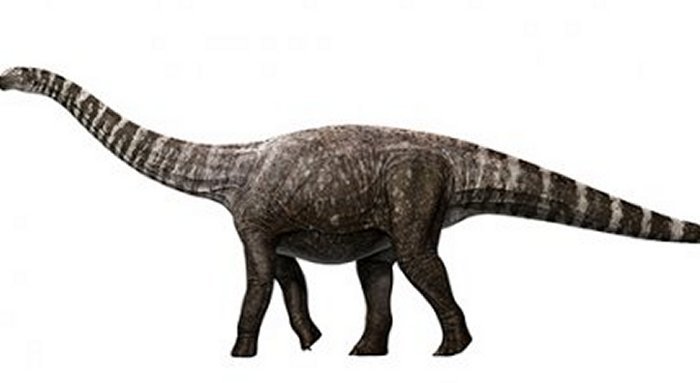 An artist’s impression of Rhoetosaurus brownei, (c) Queensland Museum 2014. Credit: Konstantinov, Atuchin & Hocknull. Credit: University of Queensland
An artist’s impression of Rhoetosaurus brownei, (c) Queensland Museum 2014. Credit: Konstantinov, Atuchin & Hocknull. Credit: University of Queensland
Looking at the bones of the foot, it was clear that Rhoetosaurus walked with an elevated heel, raising the question: how was its foot able to support the immense mass of this animal, up to 40 tonnes?” Mr Jannel said in a press release.
“Our research suggests that even though Rhoetosaurus stood on its tiptoes, the heel was cushioned by fleshy pad.”
“We see a similar thing in elephant feet, but this dinosaur was at least five times as heavy as an elephant, so the forces involved are much greater.”
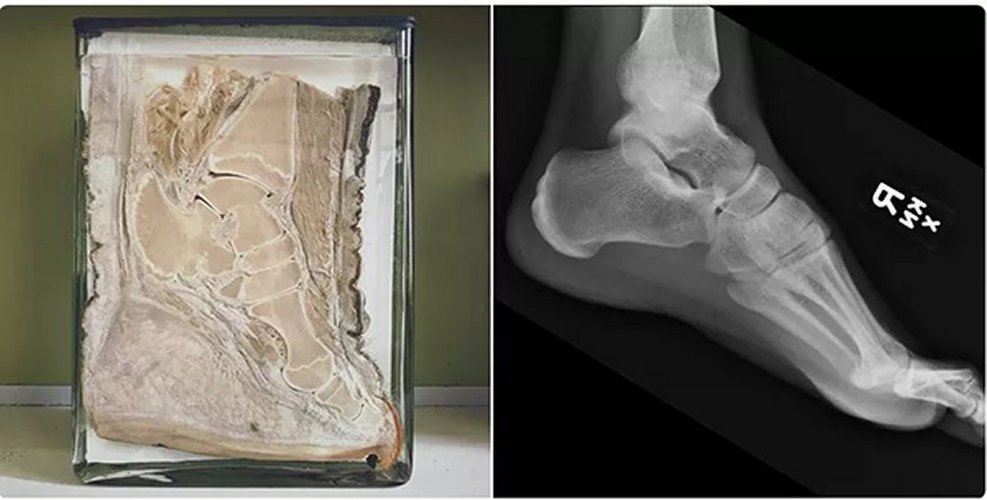 A cross-section of an elephant’s foot alongside a human foot x-ray, revealing a striking skeletal likeness. image credit: University of Queensland
A cross-section of an elephant’s foot alongside a human foot x-ray, revealing a striking skeletal likeness. image credit: University of Queensland
Mr Jannel and his colleagues arrived at this conclusion by creating a replica of the fossil, and then physically manipulating it in an attempt to understand the movement between bones.
“We also used 3D modelling techniques to assess the different foot postures that would have allowed Rhoetosaurus to support its weight,” he said.
“Finally, we looked at a range of sauropod footprints from around the world, many of which indicated the presence of a fleshy heel pad behind the toes, supporting what the bones were telling us.
“The addition of a cushioning pad that supports the raised heel appears to be a key innovation during the evolution of sauropods, and probably appeared in early members of the group some time during the Early to Middle Jurassic Periods.
“The advantages of a soft tissue pad may have helped facilitate the trend towards the enormous body sizes we see in these dinosaurs.”
The fossils of the specimen R. brownei were found near Roma in southwest Queensland and are dated to 160–170 million years ago, when Australia was part of the supercontinent of Gondwana.
 Right hind foot of the fossil specimen of Rhoetosaurus brownei (QM F1659), in dorsal view. The hind foot preserves the first four digits in completion, but is missing the fifth one. Credit: Jay P. Nair & Andréas Jannel.
Right hind foot of the fossil specimen of Rhoetosaurus brownei (QM F1659), in dorsal view. The hind foot preserves the first four digits in completion, but is missing the fifth one. Credit: Jay P. Nair & Andréas Jannel.
Mr Jannel is now using computer techniques to simulate how different foot postures and the presence of a soft tissue pad affect stress distributions within the bones.
“In a nutshell, I’m using engineering tools to apply theoretical forces on the bones, assessing how stress is distributed within the feet of these giant dinosaurs, with the aim to provide mechanical evidence for the presence of such a soft tissue pad.
“It can be a tedious and time-consuming process, but I’ve always been fascinated by palaeontology, particularly the link between form and function in extinct animals,” he said.
“There’s so much more to know, but it’s amazing to discover that becoming ‘high-heeled’ might have been an important step in the evolution of sauropod dinosaurs.”
Written by Eddie Gonzales Jr. – MessageToEagle.com Staff Writer



